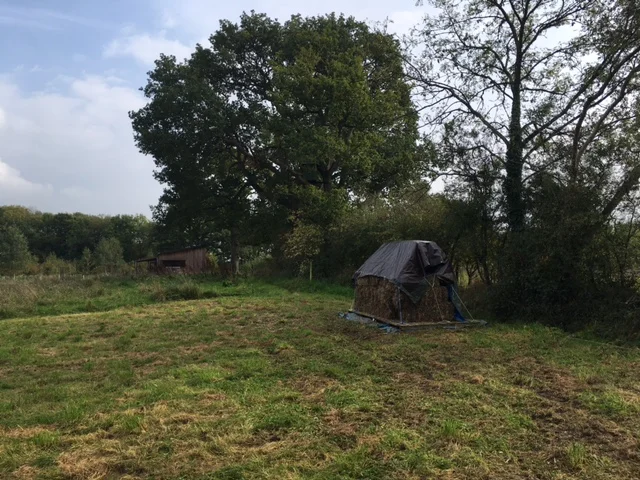This weekend, working with a couple of dedicated UWNR supporters , we seasonally cut the long central hedge, which runs through the spine of the land. Specifically, this is done to create habitat, which is inviting for Dormice. At a general level, this annual winter work is beneficial for the management of the endemic flora & fauna. In sum, it is part of the ongoing & sensitive habitat management across the entire reserve.
This hedge had been neglected for many years and as a result it lacks density, with many plants achieving way too much height. This year, taking advice from the ecologist Gareth Harris (a key champion of the project), I have changed the cutting and pruning rotation. Rather than a 3-year cutting rotation, I have moved to conservation hedge-laying. In practical terms, this is a cutting regime whereby a 20 meter section is laid, and then the next 20 meters is left fallow. This pattern is then repeated for the length of the hedge. The fallow strips will be cut in subsequent years. By adopting this approach a pool of invertebrates, which have either laid eggs or who are hibernating, are left unharmed.










